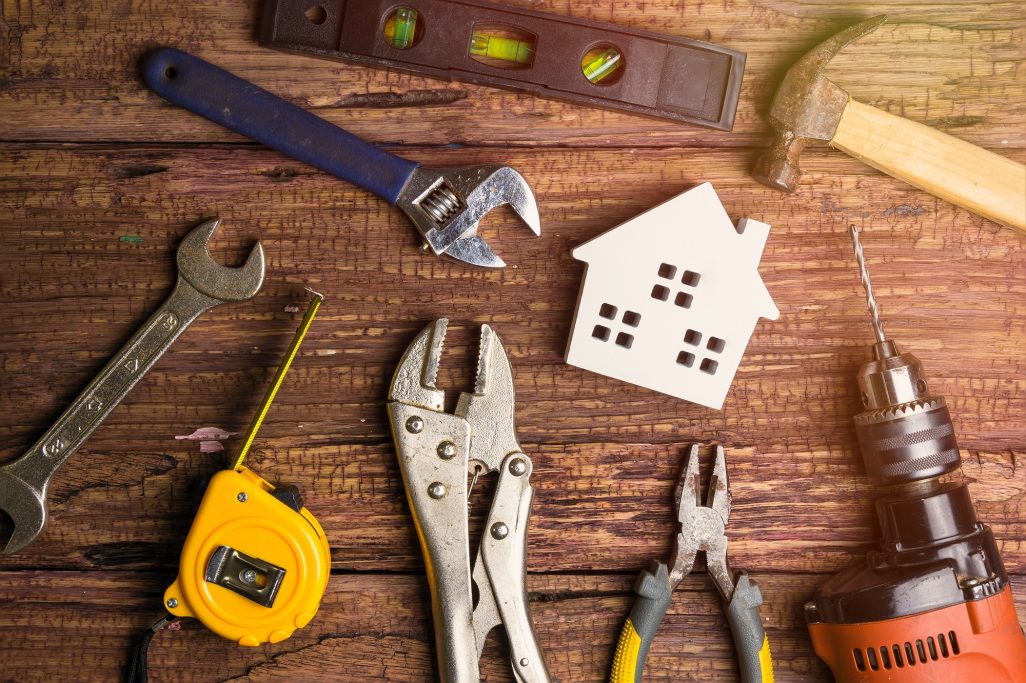It’s hard to believe, but even in BUWOG residential complexes something occasionally breaks and has to be repaired, and expenses for maintenance and upkeep are also incurred. Below, we provide an overview of the most common instances and who has to bear the costs for what.
To be paid by the owners (landlords)
Costs incurred for damage, maintenance or repair in the common areas of a residential complex are to always be borne by the landlord. On the other hand, if there is damage or maintenance or repairs are required in a (rented) apartment, a basic rule applies: landlords must pay for these if remediating the damage results in greater expense and it is a defect that affects the structural condition of the building. Sound a bit vague? A couple of examples will make it clearer:
- Replacement of silicone joints
If the shower has become leaky and therefore unusable due to leaking joints and the penetration of the moisture can also affect the building fabric
- Replacement of radiator
- Roller shutter box, gearbox
- Float for concealed cisterns
- Windowpanes
- Lock to the door of the apartment (if the tenant is at fault, the costs can be passed on to him or her)
- Repairs for electrical, water and gas lines
- Repairs for (gas) boilers
- Ceilings between floors
- Subsidence inside the apartment at a length of over 5 m and a difference in height of 5 cm
- Maintenance on a damaged chimney
- Maintenance on façade, rooftop, partition walls
- Cellar
- Utility lines
- Damage from moisture and mould in common areas
If the tenant is at fault (e.g. lack of or incorrect ventilation), the costs can be reclaimed from him or her
To be paid by the tenants
As a rule, tenants are responsible for any damage, maintenance or repair work that occurs if it is minor, can be easily repaired or carried out by the tenant or if it is the tenant’s fault. For example:
- Replacement of window seals (for buildings constructed after 1945, depending on the rental agreement)
- All fixtures (incl. tap, mixer taps)*
- Seals and outlet valves on the tap
- Window handle
- Door handle
- Wash basin
- Roller shutter strap
- Light switch
- Outlet
- WC flush valve if surface mounted
- Pull cord for blinds, roller shutter strap
- Lighting fixtures, mirrors
- External float
- Painting and wallpaper
- Hose for the shower and washing machine
- Replacement of filters for apartment ventilation**
- Flooring and tiling in an existing tenancy
- Purely optical surface damage inside the rental property
- Maintenance of the gas or combined boiler (incl. wearing parts)
*if necessary due to calcification, replacement is the responsibility of the landlord
**unless otherwise contractually agreed
Attention: This article is neither legal advice nor binding legal information, but only an indicative overview that cannot take into account the specific circumstances of each individual case. Thus depending on the case, there may be deviations in the apportionment of costs compared to the standard instances presented here.









